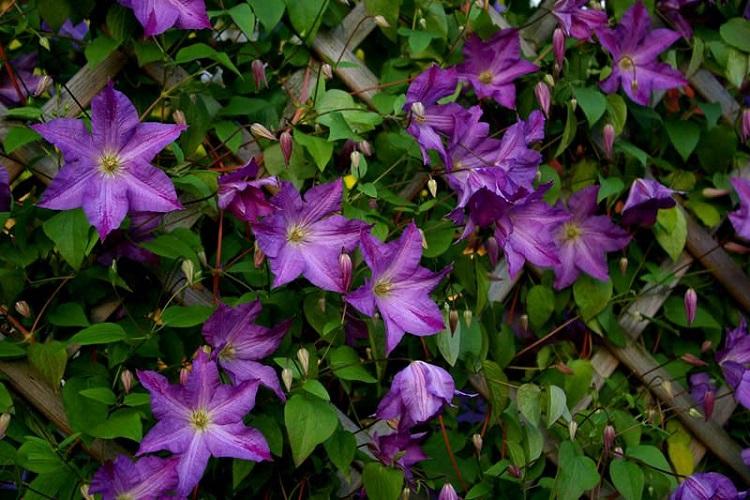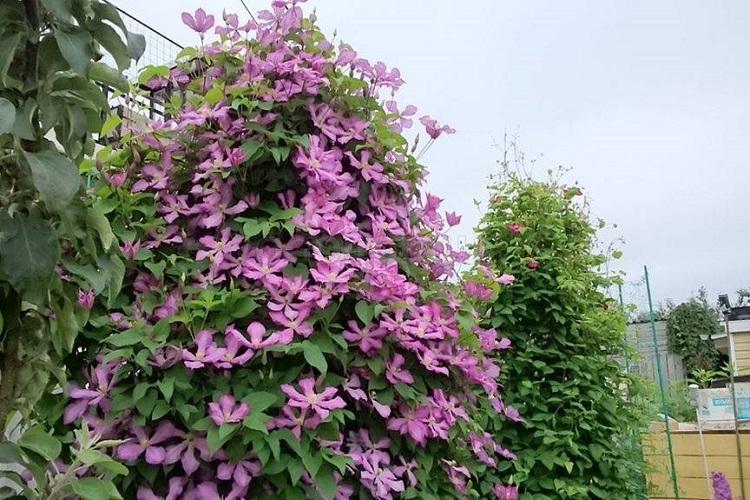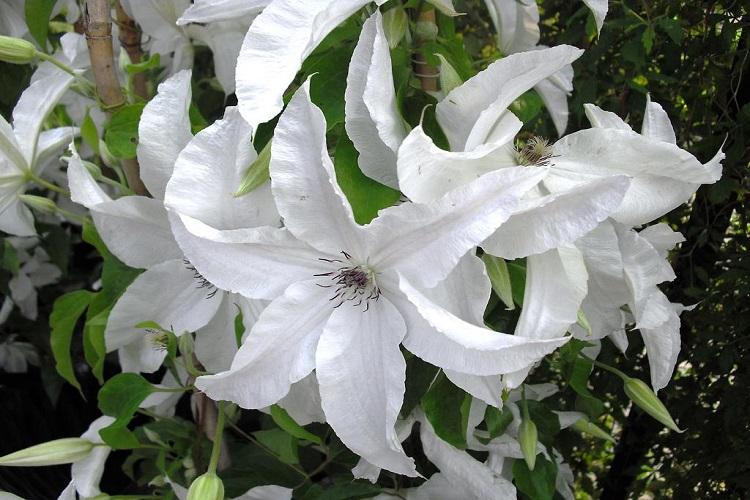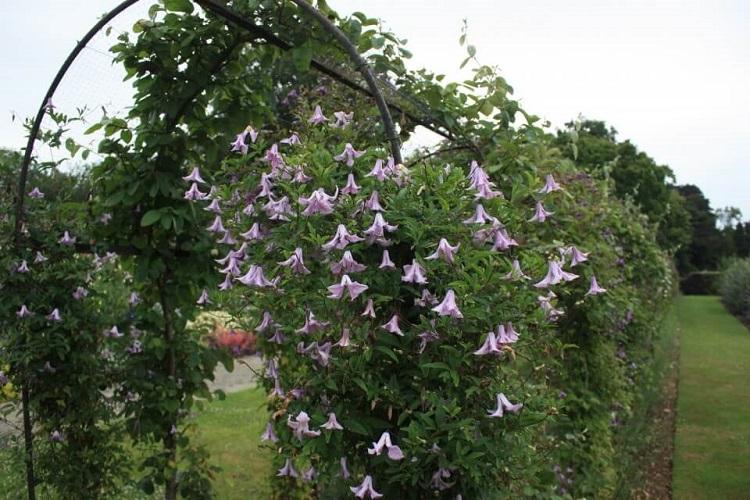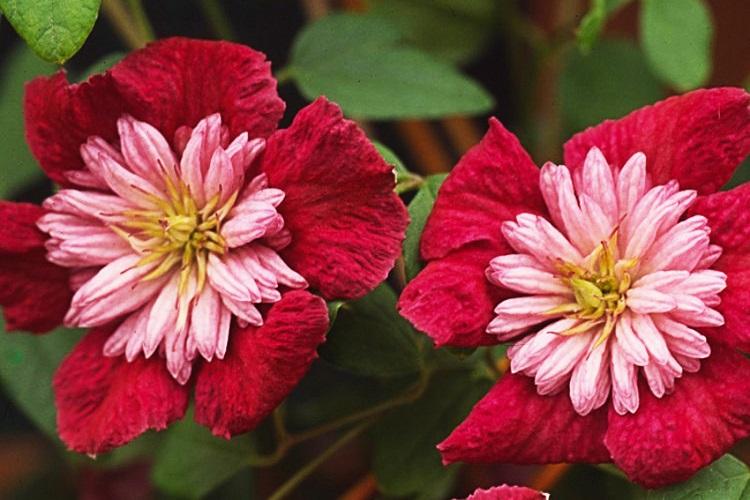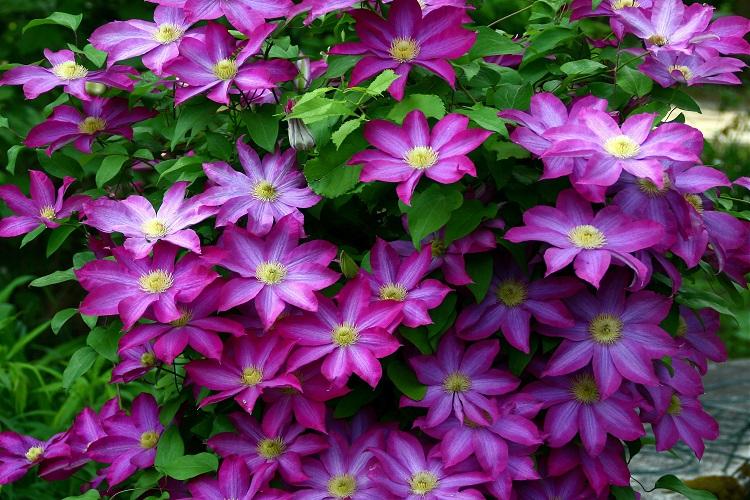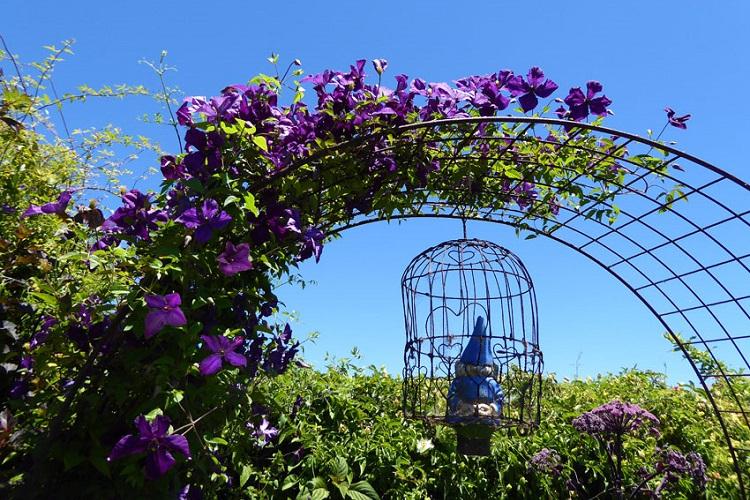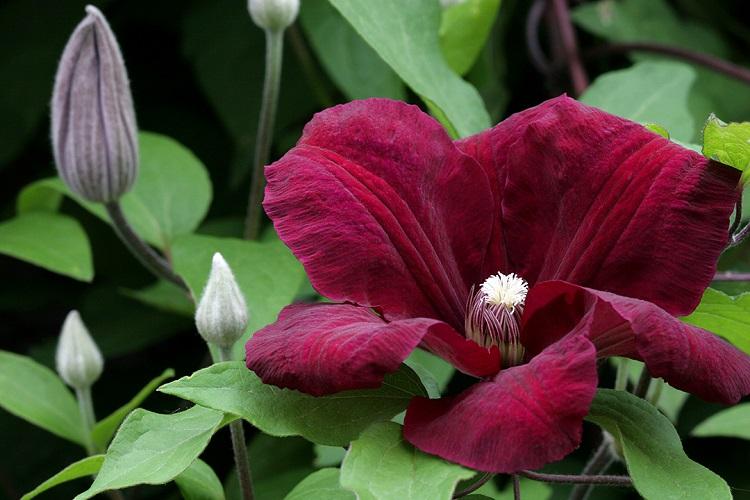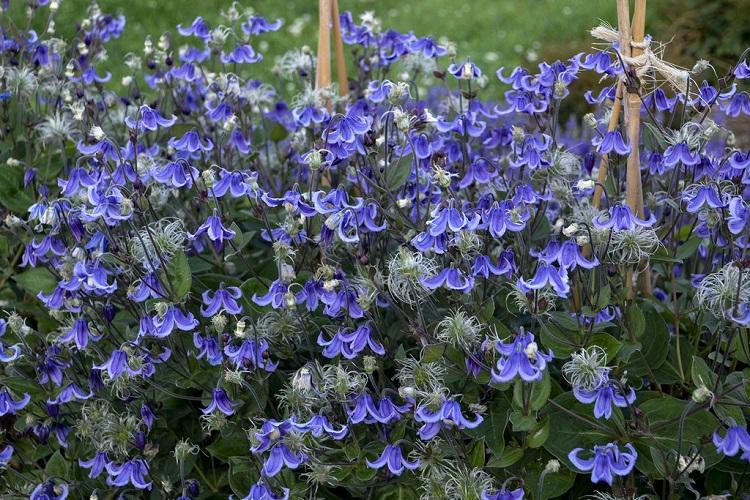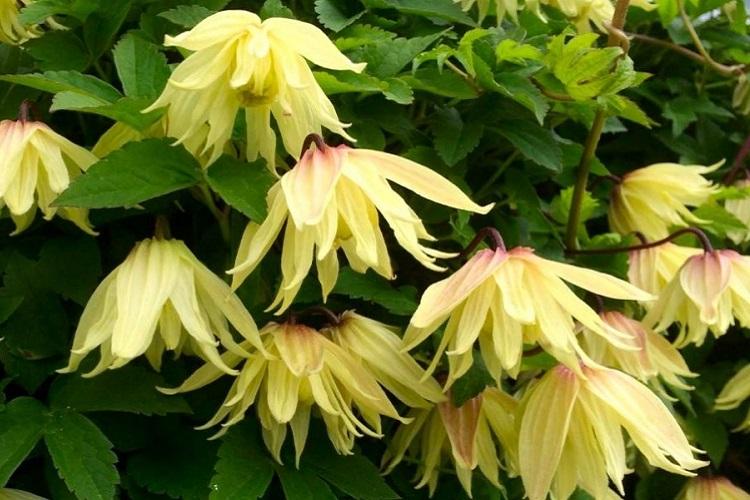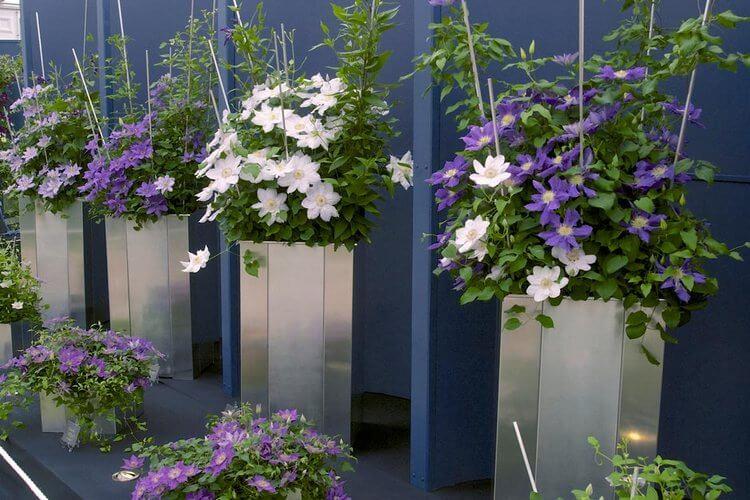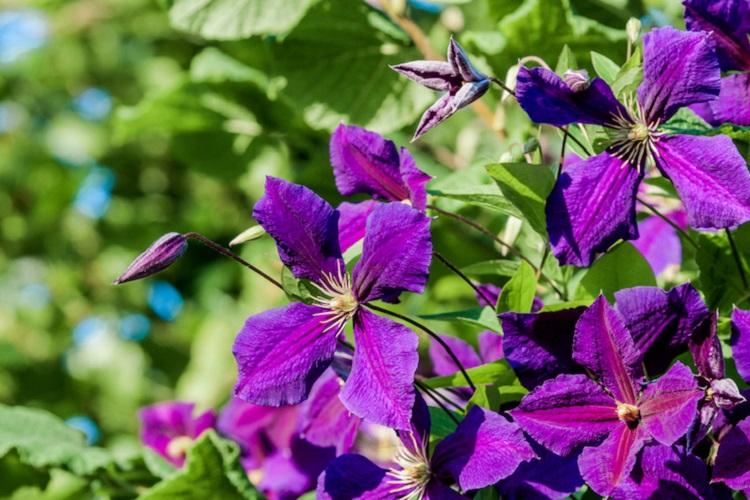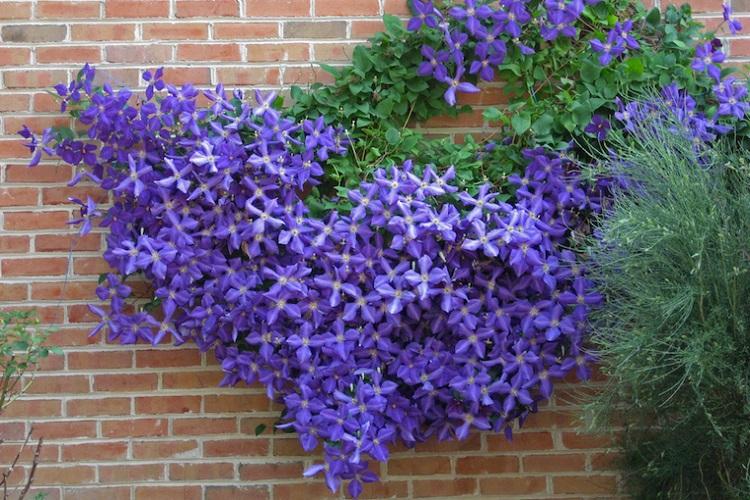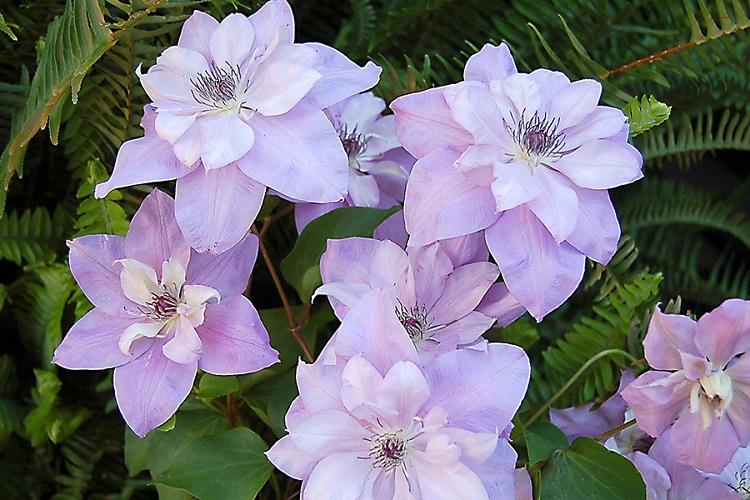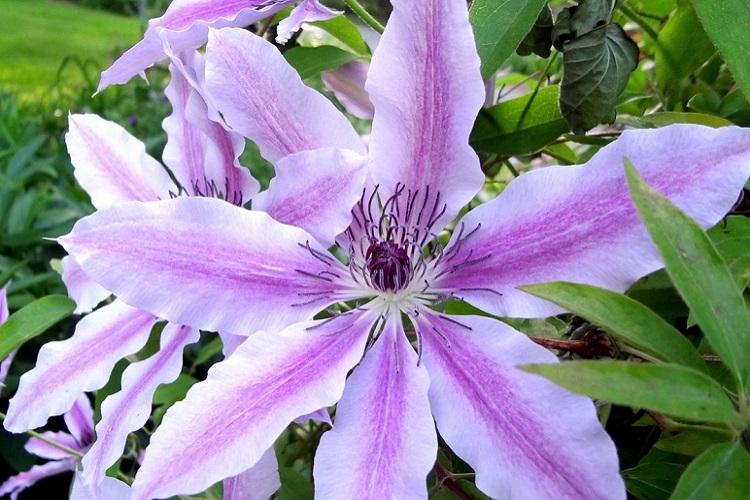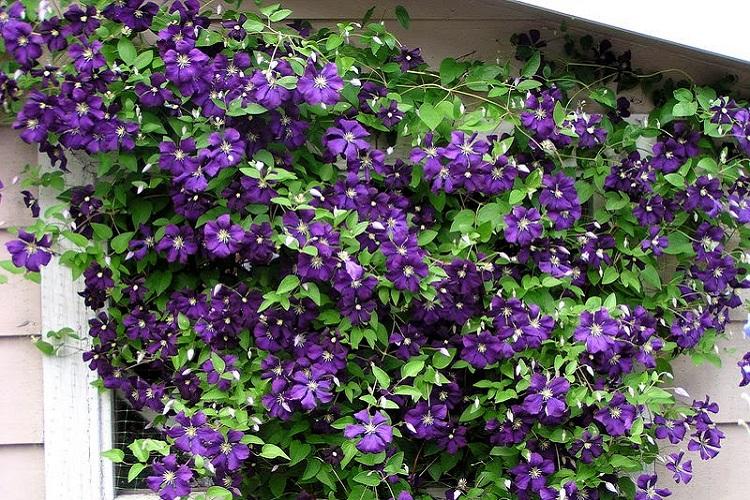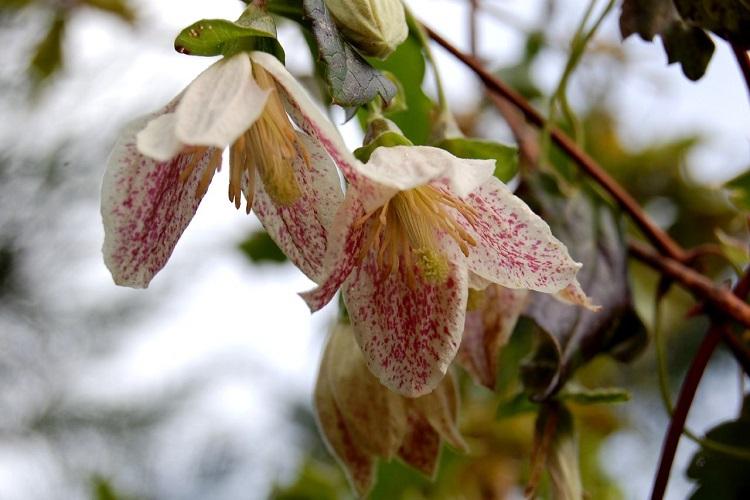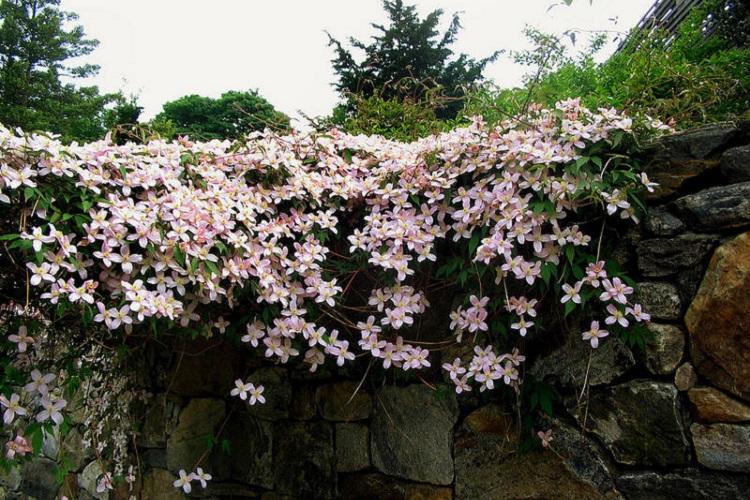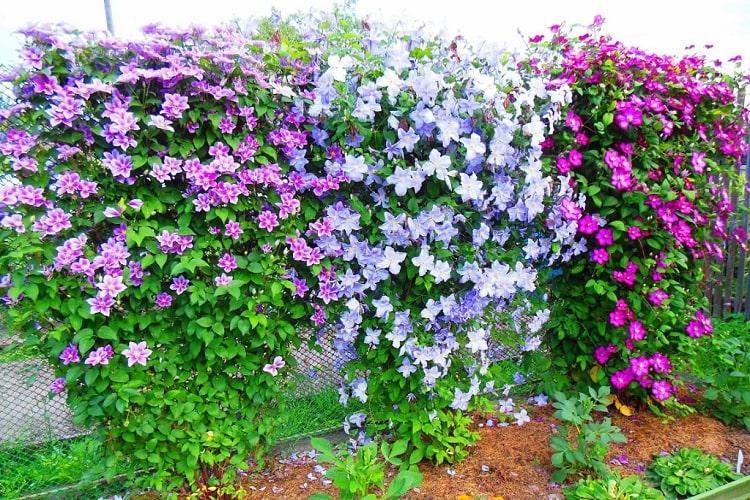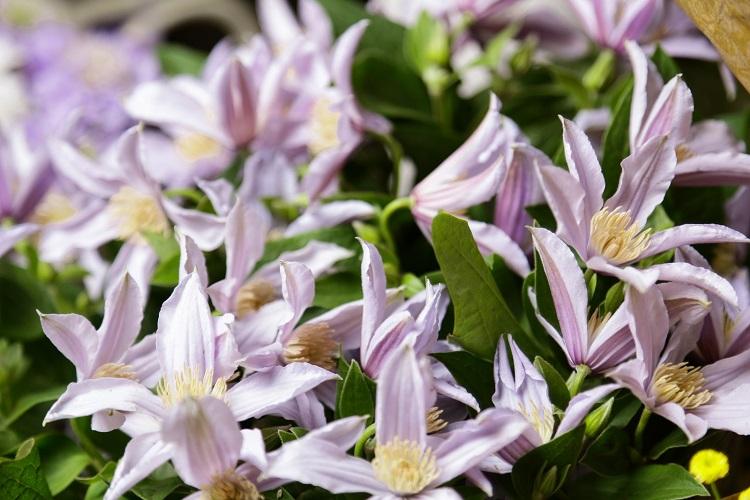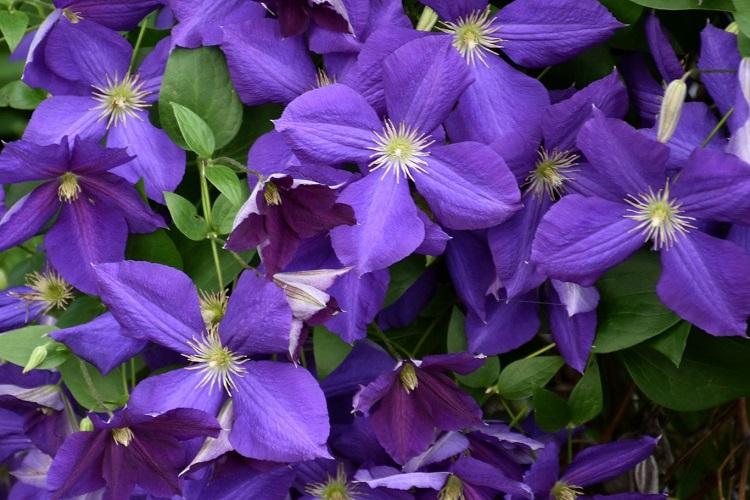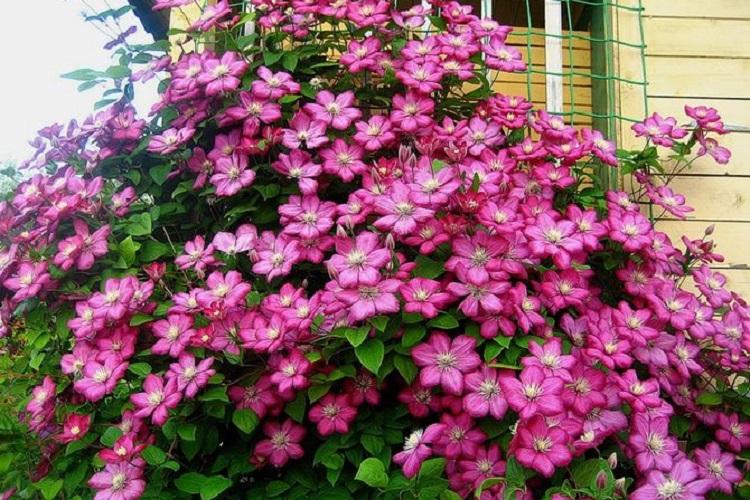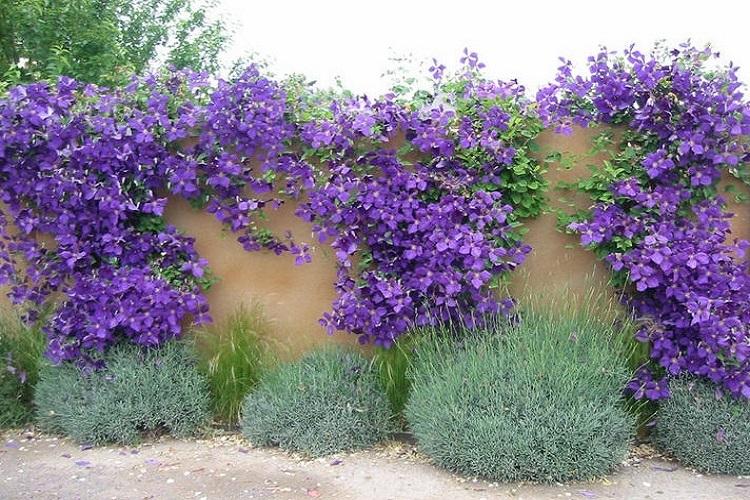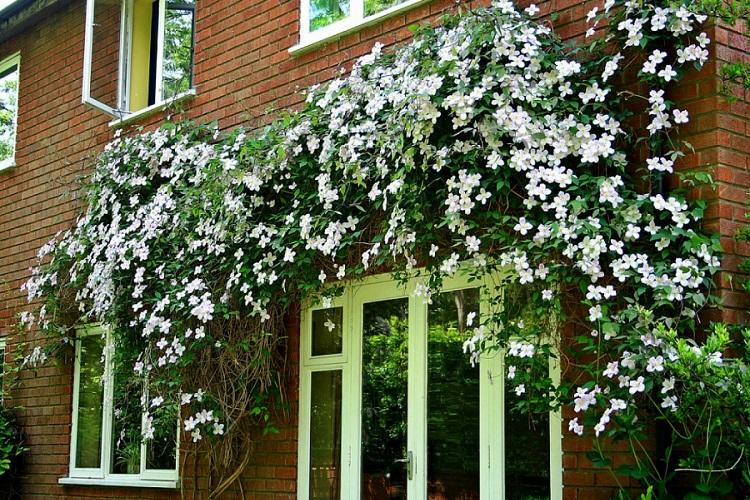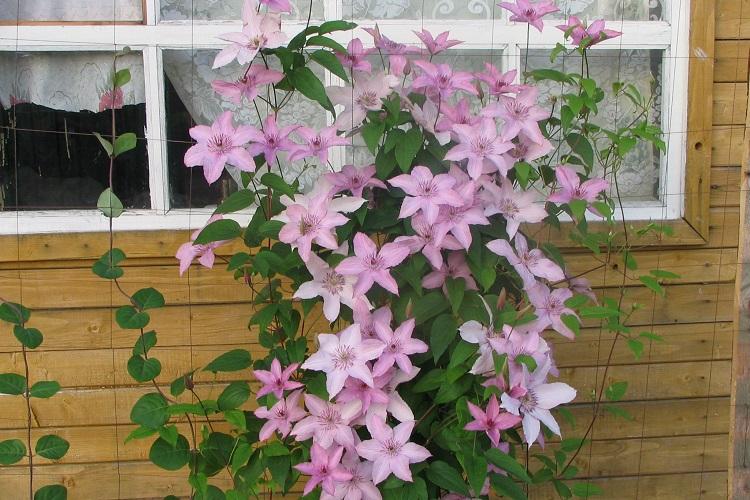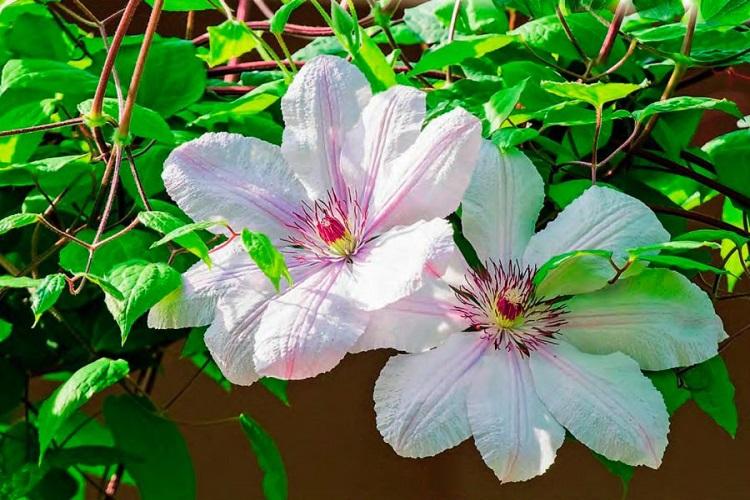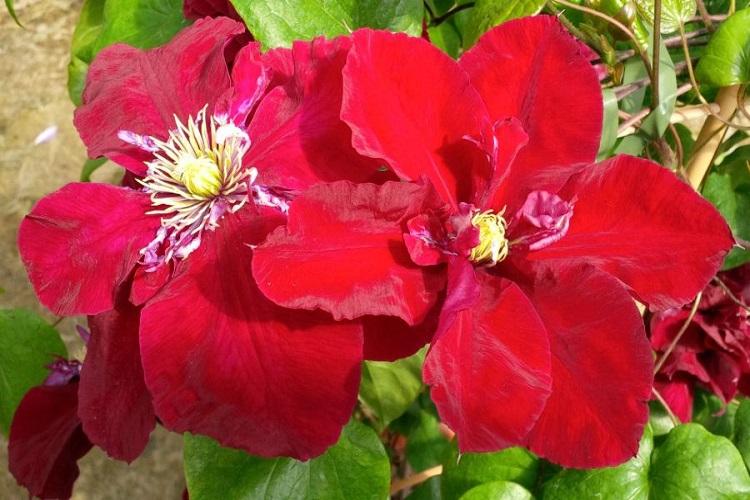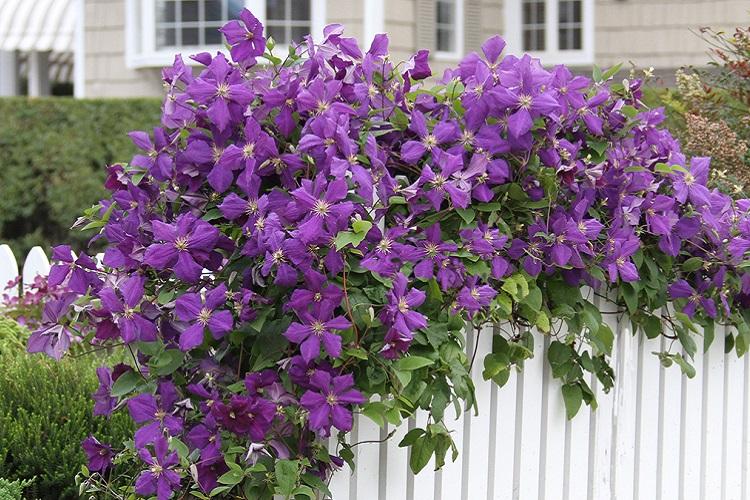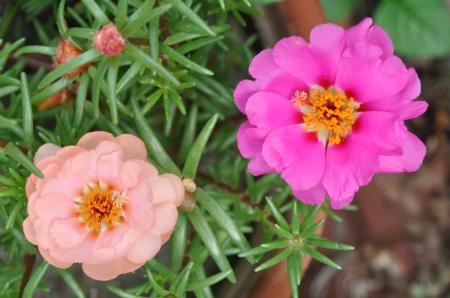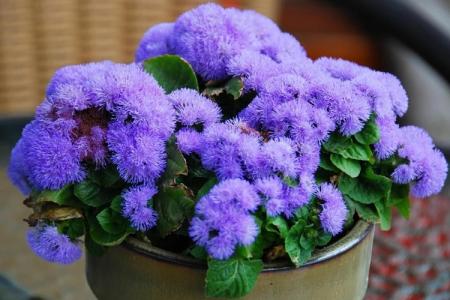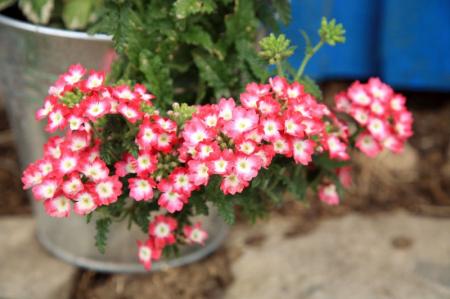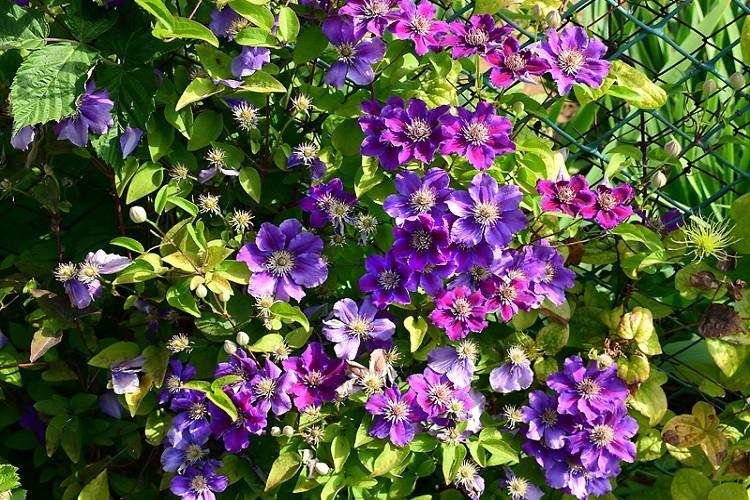
Luxurious clematis charms with their rich flowering and riot of colors. It is therefore not surprising that such a lush plant often becomes the centerpiece of many ornamental gardens. But in order for this representative of the flora to please with numerous flowers and be healthy, you need to try and choose the right kind, as well as make an effort to care!
Characteristics and application
Clematis (clematis) is the name of a whole genus of plants from the Buttercup family. These are woody or herbaceous perennials that grow mostly in the northern hemisphere, in the temperate and subtropical zones. They can be found on the slopes of hills, steppe meadows, on cliffs and rocks, near rivers and in the forest.
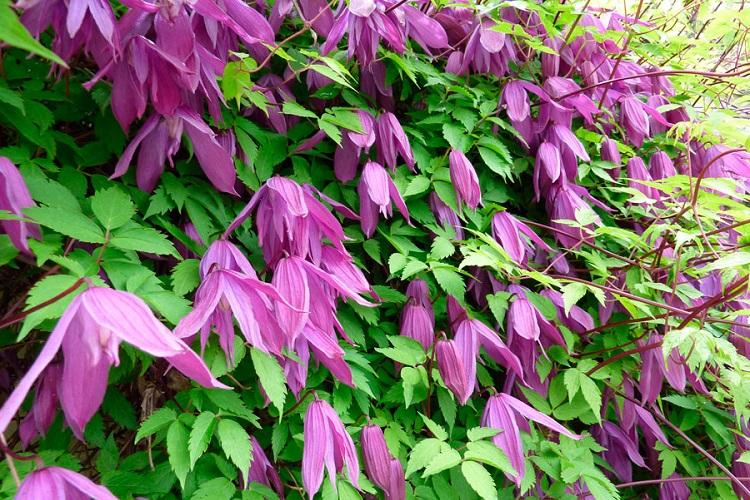
On the territory of Europe, clematis were domesticated back in the distant 16th century. But in Russia they began to be cultivated in greenhouses only in the 19th century. Since then, many different varieties of this plant have been bred.
These beautiful flowers are used to decorate balconies and gardens: erect clematis - for single or group plantings on rocky ground and lawns; creeping varieties - to create beautiful borders and cover low garden trellises; climbing clematis - for landscaping pergolas, gazebos, trellises, as well as covering trunks and high walls.
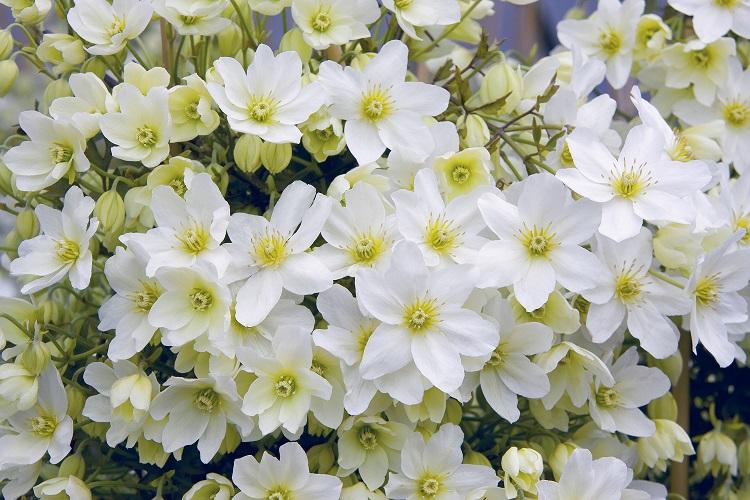
Types of clematis
Today, more than 370 species of clematis have been bred by hybridization. Each of them is beautiful in its own way and is suitable for different uses for decorative purposes.
Clematis Armanda
A very thermophilic species, native to Myanmar, Vietnam and China. Liana reaches a length of up to 5 meters. It has a delicate pinkish-white spring bloom. It is difficult to tolerate wintering (it can only withstand up to -12 degrees), and therefore it makes sense to keep it except in the winter garden.
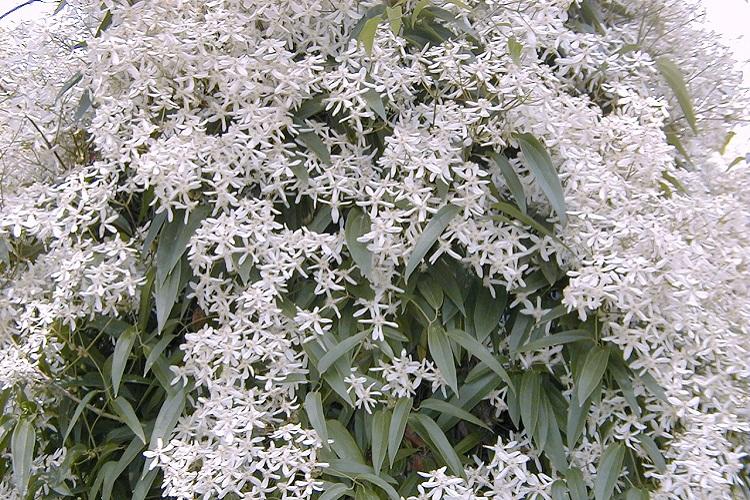
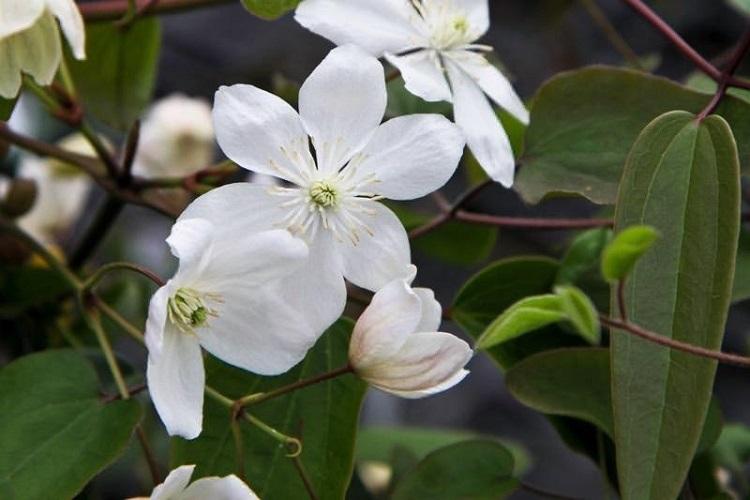
Clematis Jacques
A bright and beautiful species of clematis, it is widely cultivated in North America and Europe. The plant is ligneous, reaching 3 meters. Refers to the 3rd group of trimming.
Able to withstand cold winters, even in the absence of shelter, therefore well suited to our climate. Note that you still need to cover the flower for the winter if you want to bloom next year.
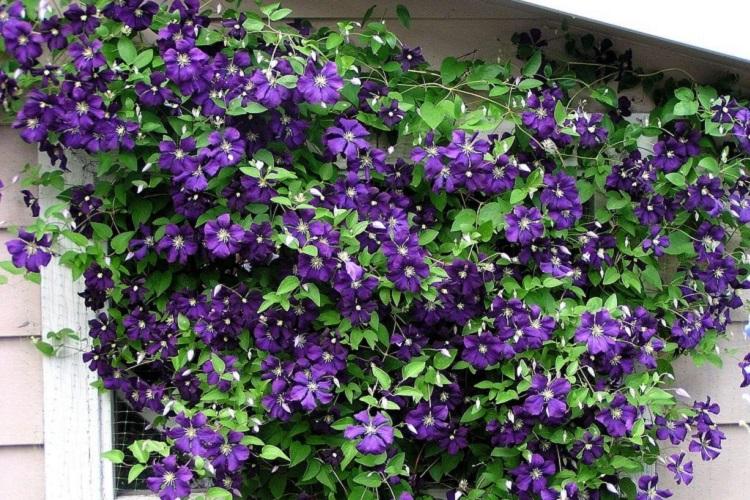
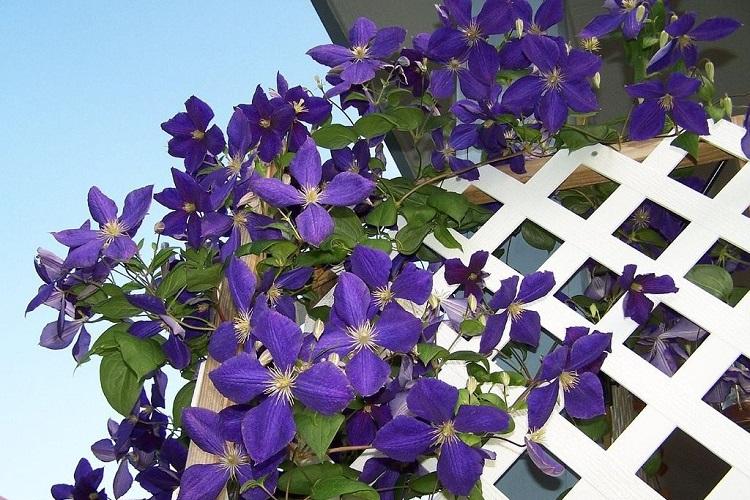
Clematis Mountain
Another popular species in ornamental gardening. The tree liana reaches a length of 8 meters, and therefore is very effective in vertical gardening.
Today, many varieties of mountain clematis have been bred, which can delight with white, cream, hot pink, dark pink and lilac flowering.
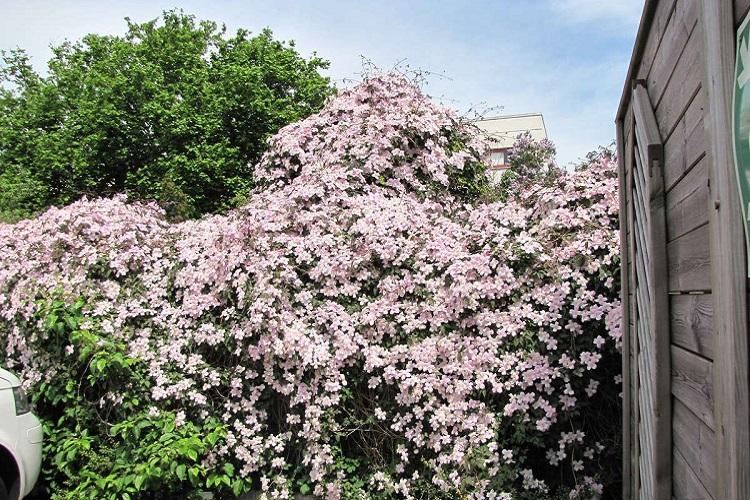
Clematis Viticella
Also known as lilac, purple, vine clematis. It was domesticated in 1797. In nature, it is found in the vastness of Iran, Georgia, Asia Minor and Southern Europe.
Clematis Vititsella is a shrub vine reaching 4 meters. It can be painted in shades of purple, white and red. It tolerates frost very well down to -29 degrees.
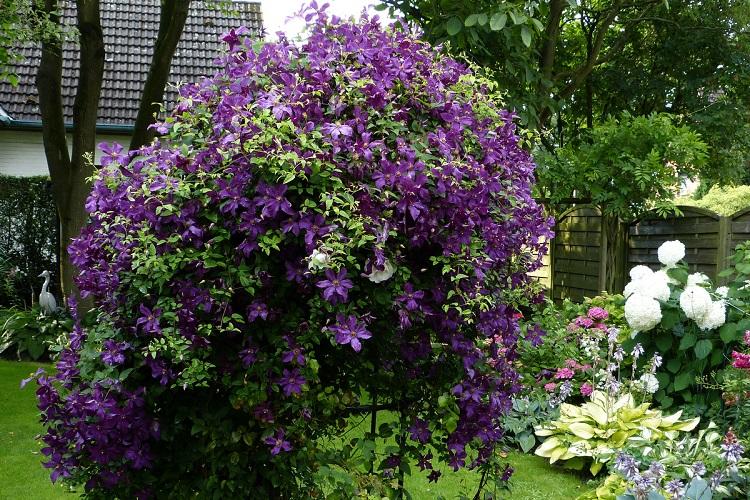
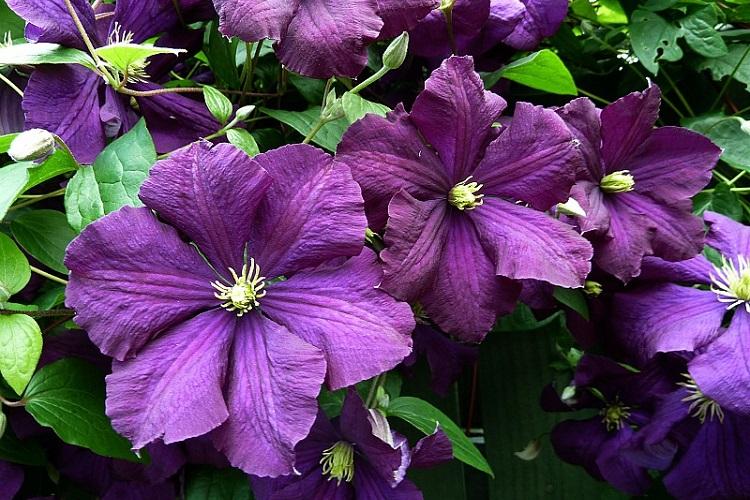
Clematis Alpine
The first complete description of the species dates back to 1768. In nature, it grows in the temperate regions of Eurasia in the subalpine and mountainous zones. Alpine clematis prefers rich calcareous soil, not very picky about water.
In the case of the middle lane, it can be planted in a sunny and slightly darkened area. In the vastness of the southern regions, it is better to place the flower in the shade.
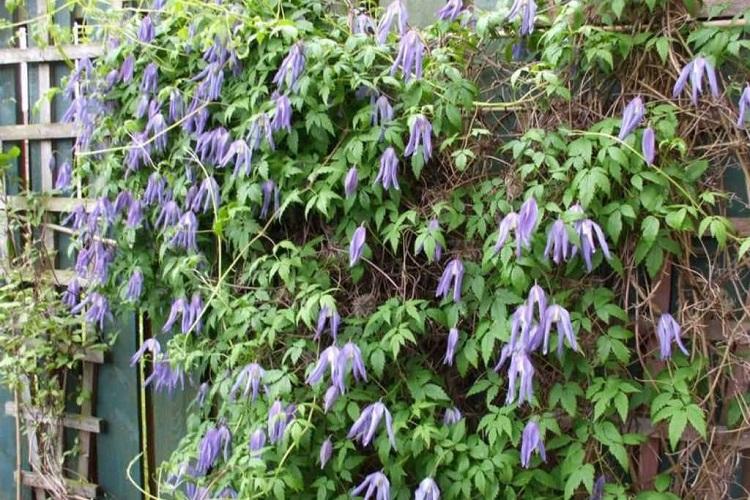
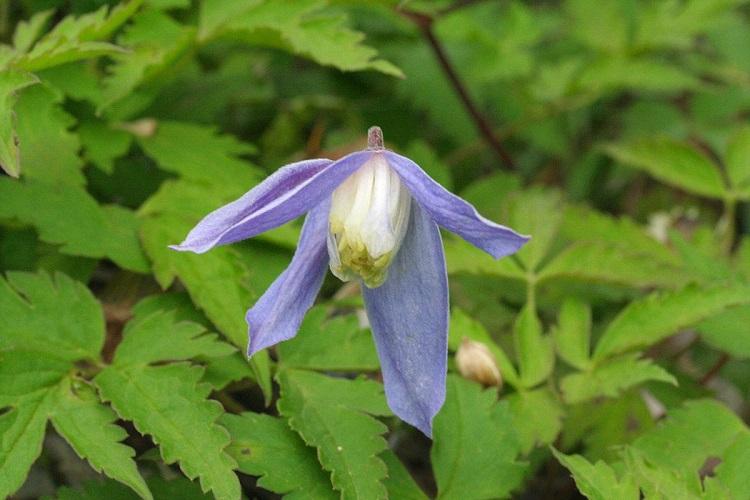
Clematis Flowery
The area of distribution of the species is Japan and central China. It is a semi-evergreen or deciduous liana, reaching 4 meters. Loves neutral, drained, loose soil and abundant watering 2 times a week. Blooms from May to September.
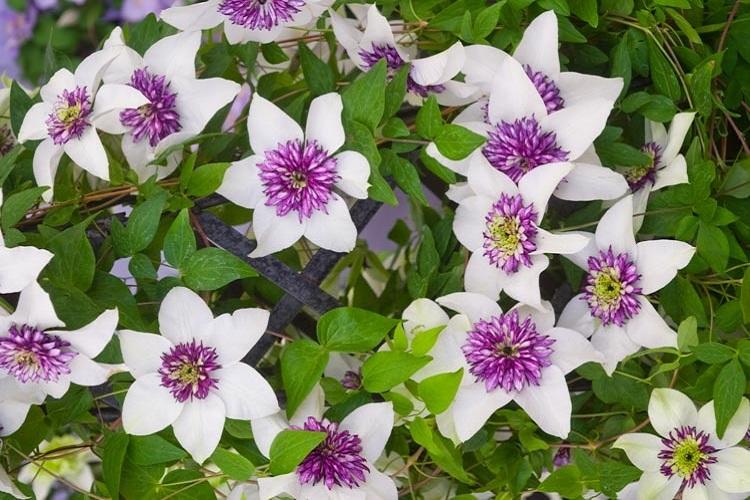
Clematis care
Clematis are quite whimsical to care for, and in order to achieve abundant flowering, you will have to try pretty hard. But the result of efforts will definitely delight the owner and become for him the main pride of the garden.
Lighting
Most clematis prefer abundant lighting for at least 6 hours a day. Therefore, if you are going to grow it on the balcony, choose the south, southeast or southwest side. In this case, in the summer it will be necessary to provide a light shade.
The right light is important, because a lack of it can affect the color of the flowers, and instead of a saturated color, you will get a greenish-white tint, and in the worst case, clematis will not bloom at all.
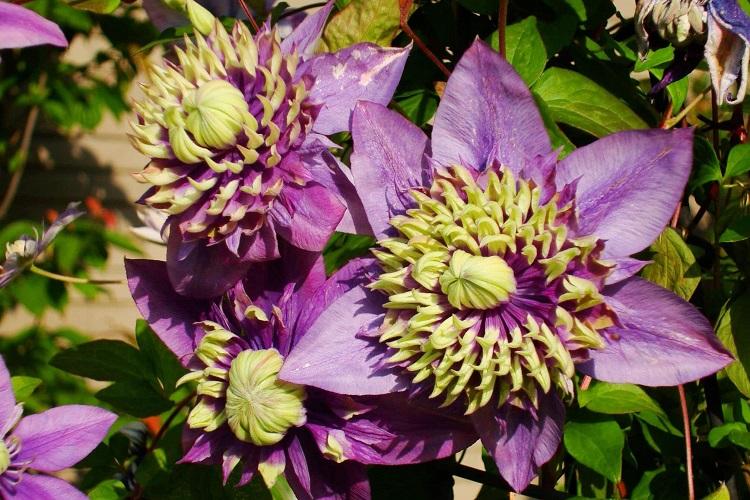
Temperature
The best temperature for clematis is between 20-23 degrees. Although some varieties can withstand a mode from -30 to +30 degrees. Thus, it is necessary to study in detail the required conditions for each variety individually.
If clematis are grown in the garden, they must be cut for the winter (in accordance with the pruning group), and the resulting branches must be laid on the ground, forming a shelter.
Balcony clematis for the winter are transferred to a dark, cool place - a basement or garage. And already in the middle to late winter, the flower can be transferred to a room with a temperature of 9 to 15 degrees.
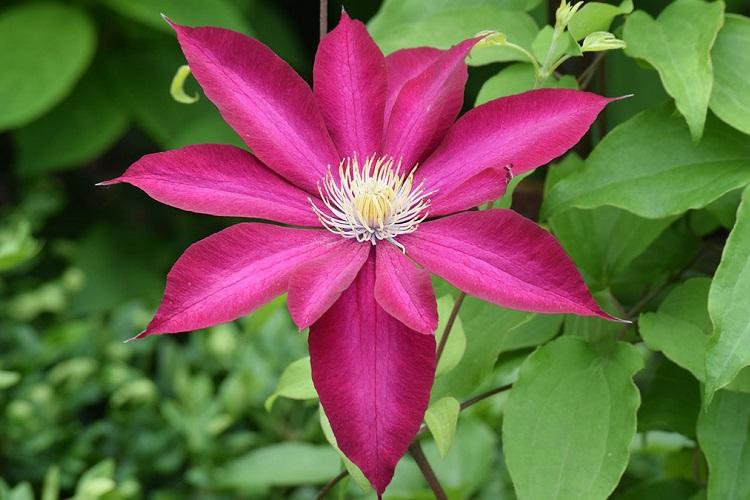
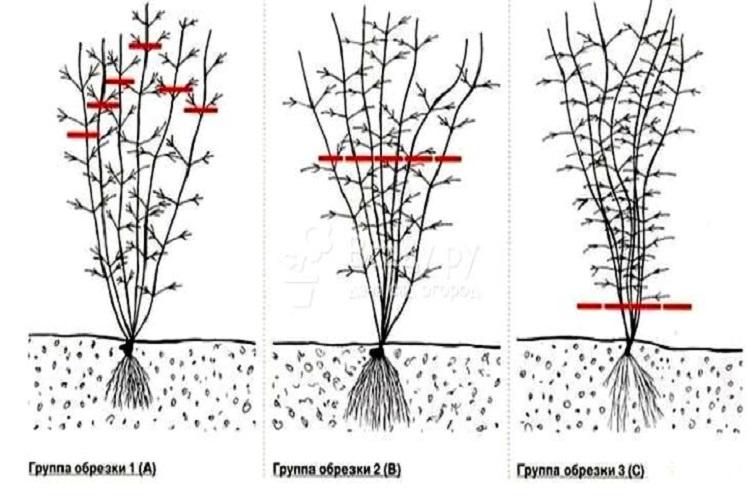
Humidity
The soil is moderately moist. At the same time, it must be well ventilated, otherwise there is a risk of developing diseases. Also, clematis should be planted in a place where there will be no contact of the roots with groundwater.
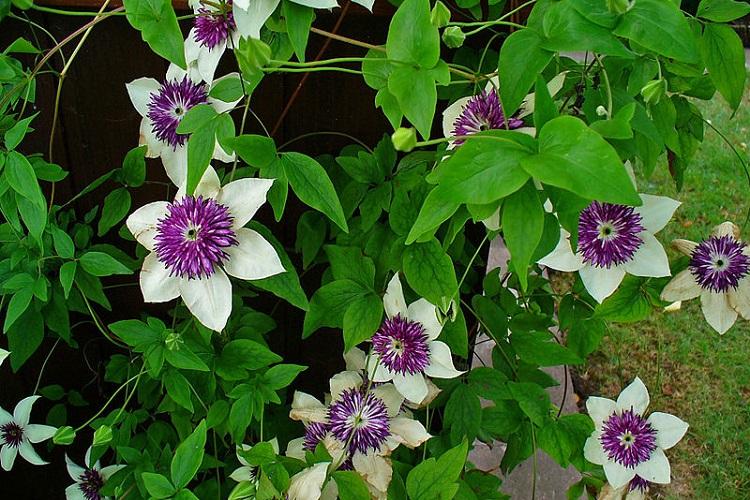
Watering
Clematis are watered once a week, in hot summer weather, watering is increased up to two or three times, and foliage is sprayed in the evening. To avoid overheating - the soil is covered with chips.
A young plant that is grown in the open field needs 10-20 liters of water at a time, and an adult requires up to 40 liters. If clematis grows in a pot, then holes need to be made in its bottom and about 5 liters of water should be poured into it.
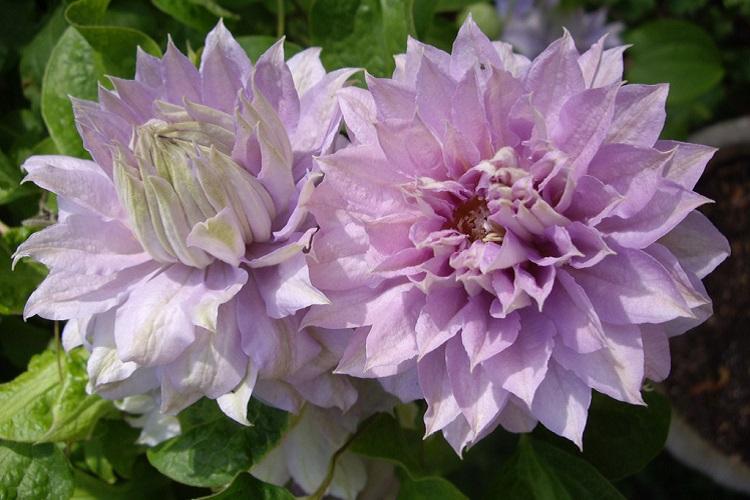
Top dressing and fertilization
Clematis need a lot of nutrients. This is due to the abundant flowering and annual renewal of a larger aerial part of the plant. But if you feed the soil well before planting the seedling, then the first feeding can be done in the third year.
In September, before planting clematis, pour bone meal into the ground at the rate of 200 grams per 1 square meter. In this way, you will enrich the soil with phosphorus, which will ensure the effective development of the root system and shoots. Add about 20 kg of humus just before planting.
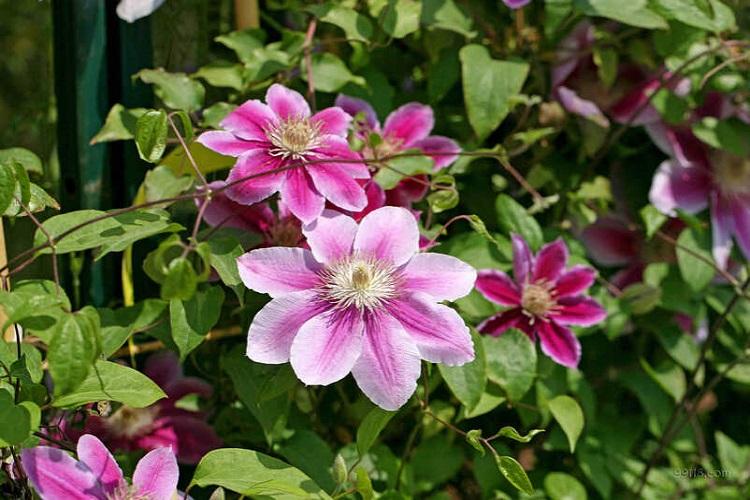
The first time you can feed the flower in the spring, when shoots appear (no more than 2 times a month). To do this, dilute 3 grams of synthetic urea in 1 liter of water and perform foliar dressing in the evening. Also water clematis with milk of lime (200 grams of lime per 1 liter of water for 1 square meter).
During the period of active growth, you can feed clematis with nitrogen (bird droppings with water in proportions of 1 to 15). Organics alternate with mineral fertilizer (ammonium nitrate).
Potassium is used for lush flowering. In the spring - nitrate, and sulfate in August (25 grams per 10 liters). The lack of this element will be indicated by the pale color of the flowers and dark pedicels.
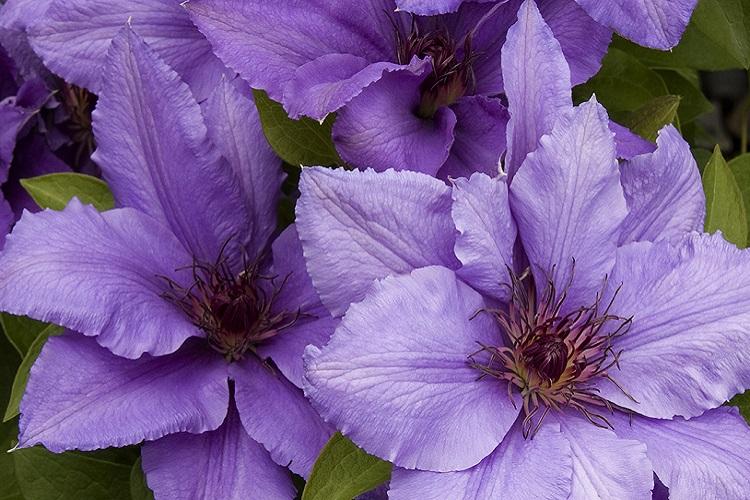
Transplant and reproduction
First of all, you need to prepare the seedlings. If the roots are dry, they need to be dipped in cold water and left for several hours. As for a suitable place, it should be: well lit, protected from the wind, fertilized before planting (preferably six months to a year).
It is better to plant clematis in spring. First, dig a hole 50-60 centimeters wide and deep. Then fill the bottom with fine gravel or expanded clay - so you get drainage. Mix the excavated soil with fertilizer (150 g of complex, 100 g of superphosphate, 20 kg of compost and 15 kg of peat). Put the soil back and fill it with plenty of water.
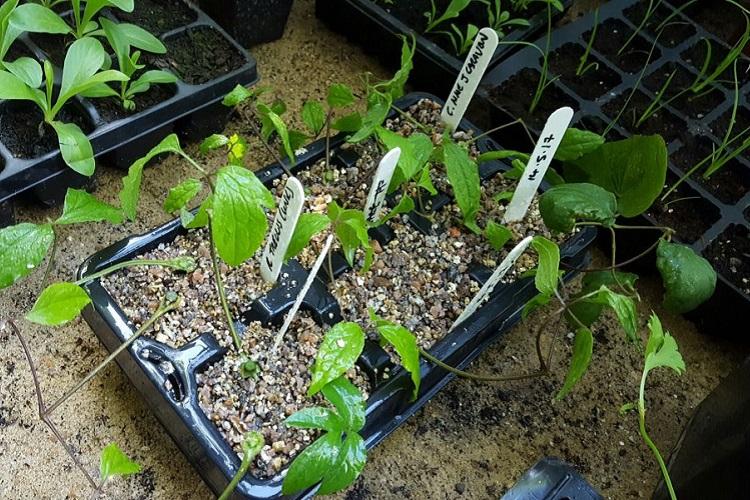
Then make a small hole five centimeters deep. Take the seedling out of the pot and immerse it in the hole 5 cm deeper than it was in the pot. Compact the soil, sand the root collar and fields of the plant. Finish with mulching the soil, and fill up the soil to ground level throughout the season.
Clematis reproduce in different ways, depending on the specific variety: by seeds, cuttings, layering, root division.As a rule, varieties with small flowers can be propagated by seeds, and it is better to propagate clematis with large flowers by layering, cuttings and dividing the bush.
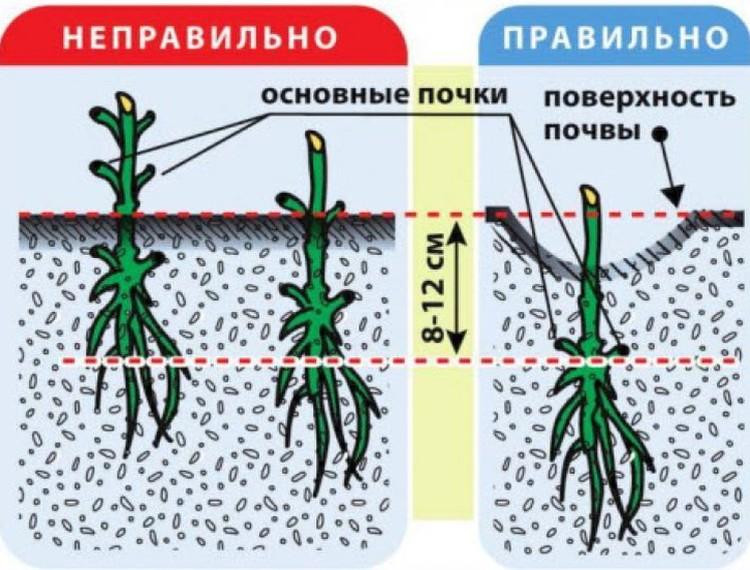
Pests and diseases
The most common disease of clematis is wilting (wilt). This is a fungal disease that affects the root and manifests itself in a loss of tissue tone and drying of the plant.
The first signs of wilting can be seen in the spring. To cure clematis, in May you need to remove the affected areas and water the root with a fungicide solution. The most stunted plants are dug up together with the soil, and the remaining soil is treated with the same preparation. Powdery mildew and gray mold can also be dealt with with a fungicide.
Another fungal disease that clematis is susceptible to is rust. Orange spots form on the leaves. If you notice such manifestations, then you need to treat the plant with copper chloride, oxychome and Bordeaux mixture (2%).
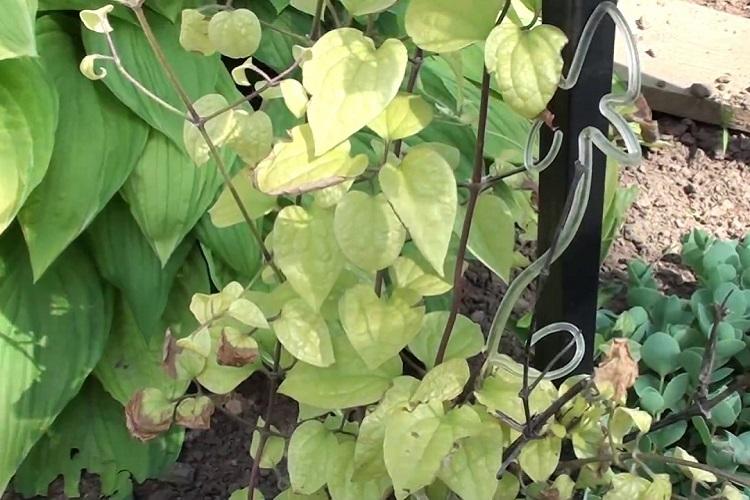
In the middle and end of the summer season, necrosis (dark spots on the leaves) and cylindoroporiasis (yellow patches) sometimes appear. To eliminate diseases, a solution of copper sulfate is used.
Viral diseases are rare. But sometimes clematis "earns" a yellow mosaic, which can be transferred by pests from neighboring plants (for example, peonies, sweet peas, dylphinium).
When you get rid of a rotten flower, check the roots of nearby plants. If there are nodules on them, then clematis cannot be planted in this place for several years.
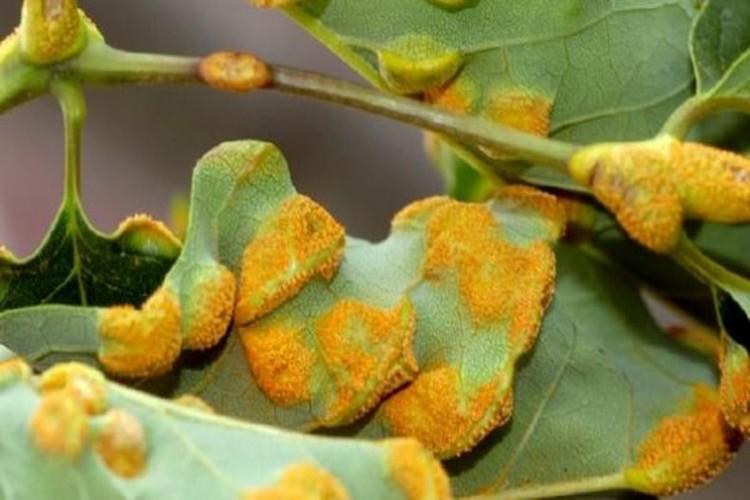
Clematis - photo
We have outlined the basic recommendations for the selection and proper care of clematis. We hope that with their help you will be able to get a healthy and lush flowering plant. Finally, we publish a bright photo gallery of these beautiful flowers. Happy viewing!
